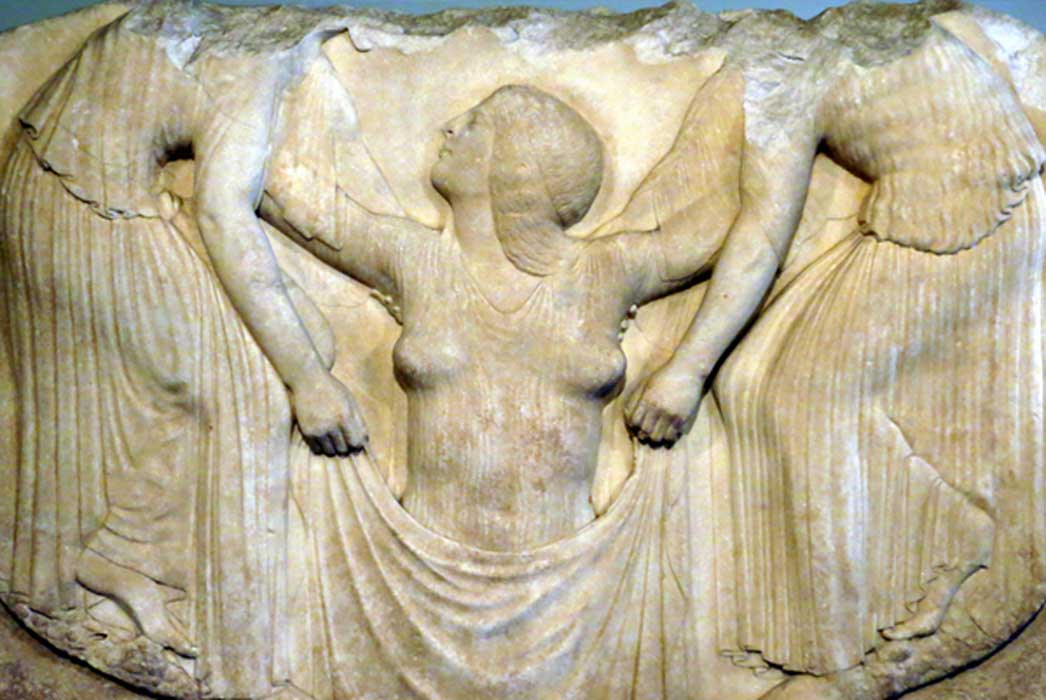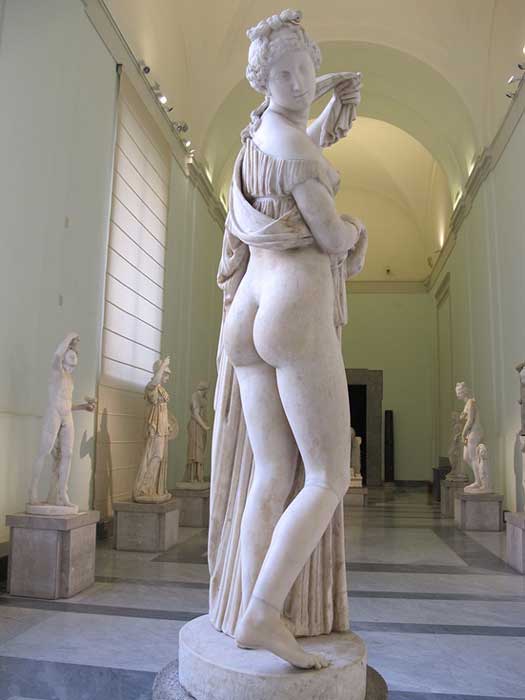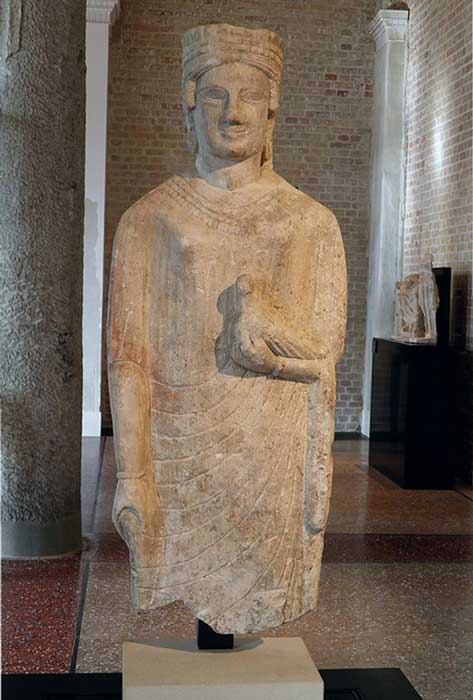
More than a Goddess of Love: The Many Other Aspects of Aphrodite
The Greek goddess of love, Aphrodite, has a very distinctive image in classical arts. In 458 BCE, the playwright Aeschylus, in his play Agamemnon, used the name of Aphrodite to denote “beauty, charm, and grace”. Her birth from the sea in a bas-relief dating from 470 to 460 BCE depicts her as a grown woman fully aware of her charms. No other Greek goddess was sculpted emphasizing her physical beauty as frequently as Aphrodite. Statues of Aphrodite from Cyrene and the Esquiline, both from the first century BCE, were even named Aphrodite Kallipygos, which means “Aphrodite with a beautiful derriere”.

Aphrodite Kallipygos, meaning “Aphrodite with a beautiful derriere”. (CC BY-SA 2.0)
But if the gorgeousness of the Greek goddess of love has been established as scholarly facts, what else can be said about her? Looking at classical arts alone, Aphrodite seems to have no distinctive attributes other than her beauty, however, she was much more than just beautiful. The goddess was worshiped by everyone from prostitutes to magistrates, virgins to soldiers, sailors to poets – and not always for her beauty and domain over love.
Worshiping the Goddess of Love
Aphrodite’s cult was very popular in ancient Greece with numerous shrines and temples. Her main cult centers included the city of Corinth, as well as the islands of Cythera and Cyprus. Ancient travel writer Pausanias mentions that mothers of brides sacrificed to an ancient wooden image of Aphrodite Hera, a hybrid apparently confirming a link between love and marriage. He mentions a seated figure of Aphrodite Morpho (“The Fair Shaped Aphrodite”) wearing a veil on her head and chains on her feet. Pausanias states that Tyndareus, the father of Helen and Clytemnestra, dedicated the figure to demonstrate that wives were faithful to their husbands. These images indicate Aphrodite’s association to brides, as well as the expectations attached to them.

Aphrodite - The Great Goddess of Cyprus, from Idalion, 450 - 425 BC (CC BY-SA 2.0)
In a more unromantic sphere, although still related to women and society’s expectations of them, there were a group of magistrates worshiping Aphrodite called gynaikonomoi (magistrates in charge of women) at Sparta. This magistracy was said to be kata ta archaia ethe kai tons nomous (“in accordance with ancient custom and laws”) and first attested at Sparta in an inscription from early first-century CE.
- The Bird and the Serpent: From the Neolithic Goddesses to Ancient Chinese Symbols of Nobility and Benevolence
- The Dangerous and Powerful Guardian Spirit Queen of the South Seas, Kanjeng Ratu Kidul
- Temple in ancient city of Odessus reveals Greek Goddess Aphrodite was worshipped by Thracians
Although Aphrodite had many cult-sites in Athens, that of Pandemos was the oldest. In 230 BCE, the Athenian Council dedicated an inscription to Aphrodite Pandemos (“Aphrodite who is Common to all the People”). Aphrodite Pandemos was associated with the hero Theseus. Worshipers sought her blessings in uniting the people of Athens in both personal relationships and the political realm. Older sources link this cult with the foundation of democracy.




